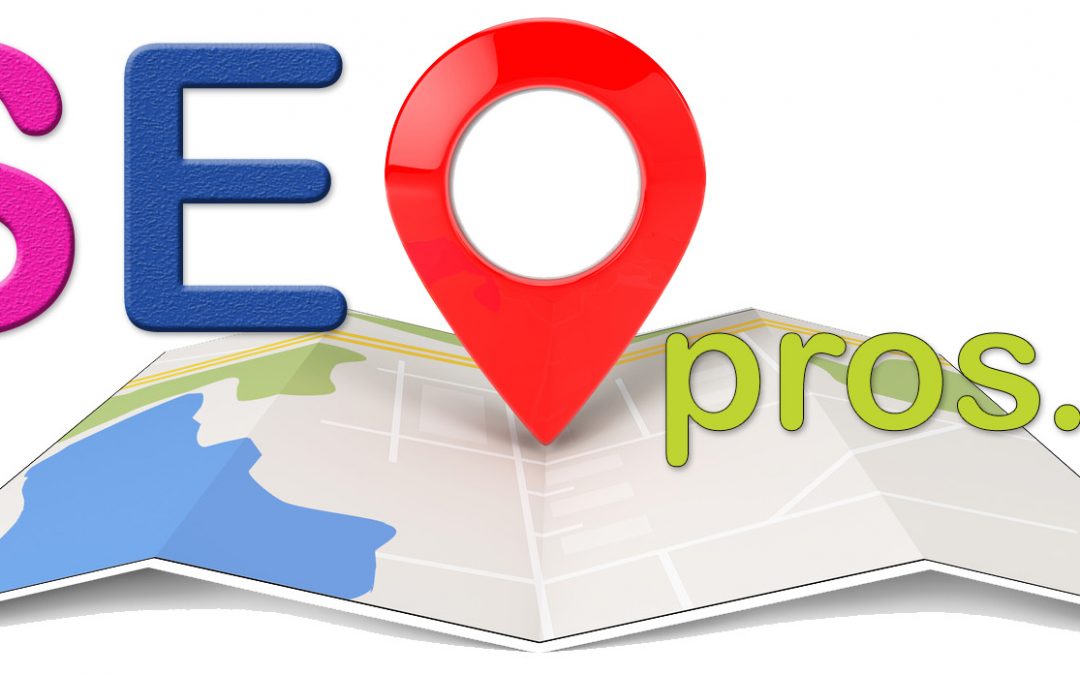- Content Marketing: Quality content attracts, engages, and retains an audience. Make use of blogs, eBooks, white papers, case studies, and videos to educate your audience about your products or services and their benefits.
- Search Engine Optimization (SEO): Use SEO strategies to improve your website’s visibility on search engines. This includes optimizing your website’s content and design, as well as building quality backlinks.
- Email Marketing: Sending personalized emails to your existing and potential customers can be a powerful way to engage them. Regular newsletters, product updates, or personalized offers can help keep your audience engaged.
- Social Media Marketing: Using platforms like LinkedIn, Twitter, and Facebook to connect with and understand your audience is crucial. You can share content, respond to customer queries, and promote your products or services.
- Pay-Per-Click (PPC) Advertising: PPC campaigns in search engines or social media platforms can help attract high-quality leads. Be sure to target keywords relevant to your business for maximum impact.
- Account-Based Marketing (ABM): Instead of targeting a broad audience, ABM focuses on individual client accounts. This involves creating personalized campaigns tailored to each decision-maker within a company.
- Webinars and Virtual Events: These can be an effective way to engage with your audience on a personal level, showcase your expertise, and generate leads.
- Influencer Marketing: Collaborating with influencers in your industry can boost your credibility and expand your reach.
- Video Marketing: Videos are an effective way to deliver complex information in an engaging and easy-to-understand format. They can be used for product demonstrations, customer testimonials, or educational content.
- Podcasts: Hosting or sponsoring industry-specific podcasts can increase brand visibility and position your brand as a thought leader in your industry.
- Remarketing: Using cookies to track users who have visited your website and then showing them your ads while they browse other sites can be an effective way to re-engage potential customers.
- Mobile Marketing: With more people using mobile devices, optimizing your website and content for mobile users is crucial. You could also consider creating a mobile app.
- Live Chat and Chatbots: These tools provide instant customer service and can guide customers through their buying journey.
- Native Advertising: This is a type of advertising that matches the form and function of the platform it appears on. It can increase brand recognition and boost audience engagement.
- Programmatic Advertising: This uses AI to automate ad buying, which can help you target more specific audiences. It increases efficiency and leads to higher conversions and lower customer acquisition costs.
- Interactive Content: Quizzes, surveys, and interactive infographics can help engage your audience, gather data, and provide value.
- User-Generated Content (UGC): Encouraging customers to create content about your products or services can boost credibility and engagement.
- Voice Search Optimization: With the growing use of voice-activated assistants, optimizing your content for voice search can help you reach more audiences.
- Augmented Reality (AR) and Virtual Reality (VR): These emerging technologies can provide immersive customer experiences, especially for product demonstrations.
- Data-Driven Marketing: Using data and analytics to understand your audience’s behavior can help you create more targeted and effective marketing strategies.
Remember, every business is unique, and what works best will depend on your specific circumstances and audience. Always test, optimize, and tailor your strategies for the best results.

